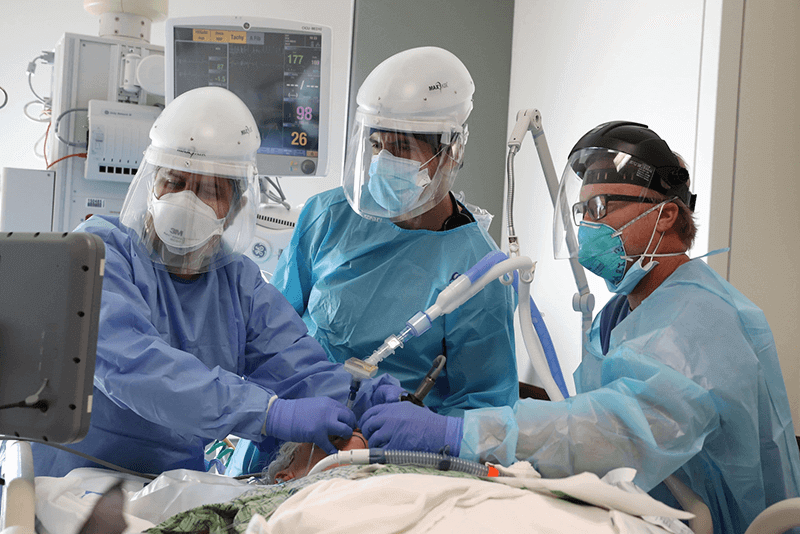Facebook builds AI to anticipate Covid-19 outcomes through X -rays
Facebook builds AI to anticipate Covid-19 outcomes through X -rays
According to the Facebook announcement, it is said that Friday, researchers at Facebook and New York University developed two AI models that are able to predict if a patient infected by coronavirus becomes likely worse. It means that with a good speedtest mobile result, you can be checked health situation while surfing the Internet.
One AI is based on a single chest X-ray and the other is a series of X-rays. Furthermore, a third model is still built to calculate the amount of extra oxygen needed for a covid-19 patient. Especially, due to tech calculating system ability, Facebook’s AI models work better than a human when it can forecast up to 4 days. Thanks to that, we can allot resources properly as the Covid-19 cases rise.
A Facebook employee wrote in a blog post that these predictions could help doctors avoid sending at-risk patients home too soon. Besides, with the help of those predictions of supplemental oxygen, hospitals will be active in reserving oxygen as well as other limited resources.
The combination of Facebook with New York University Langone Health’s Predictive Analytics Unit and Department of Radiology proves how useful tech companies help the health industry.
Some people infected by the novel coronavirus have difficulties with shortness of breath. Hospitals in some areas, including Los Angeles, are reportedly running low on oxygen needed to help COVID-19 patients. Meanwhile, the covid-19 cases are reported to increase nonstop. More than 398,000 people have died from respiratory illness caused by the virus.
Of course, determining just how reliable Facebook’s and NYU’s algorithms are would likely require thorough testing at multiple, diverse health systems around the world with patients’ consent. These AI models are still considered a positive breakthrough.
>>> For updated information, visit the website MySpeed


.jpg)


0 Comments
Leave a Comment
Your email address will not be published. Required fields are marked *